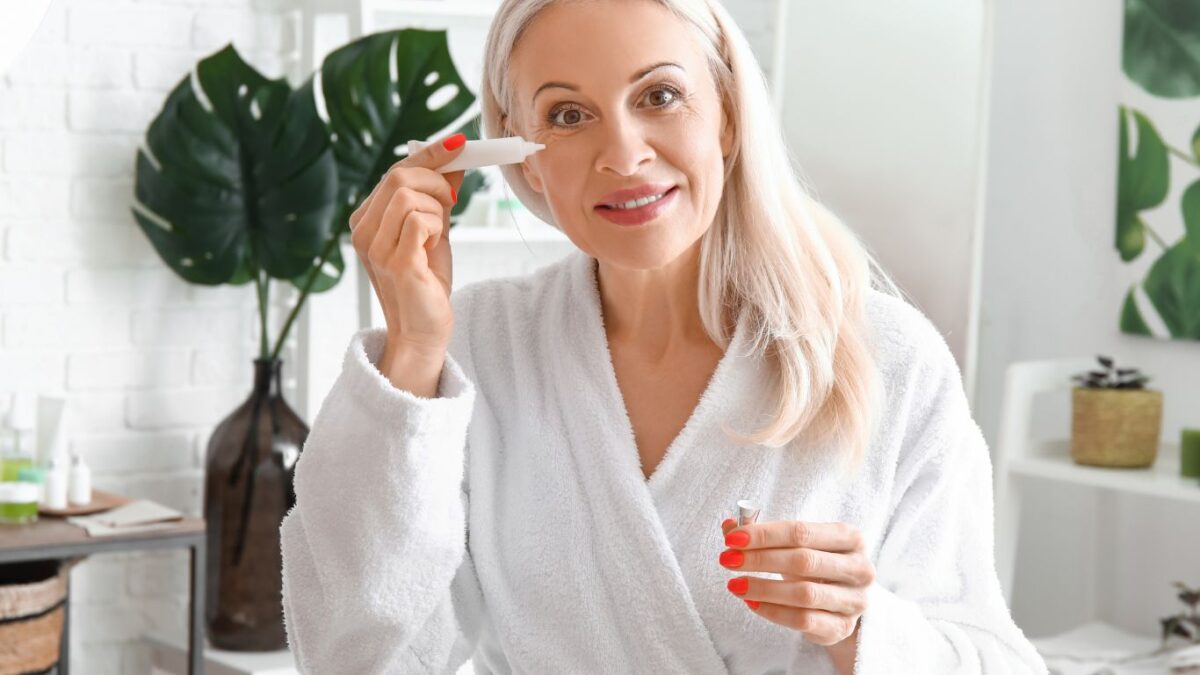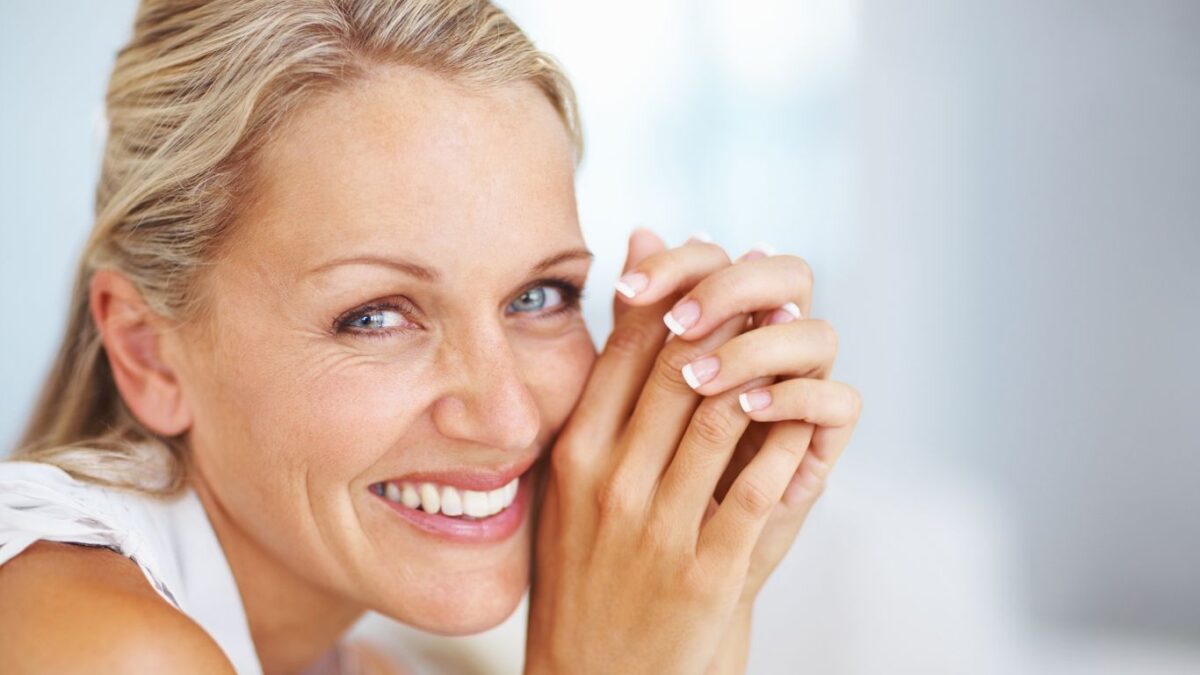Practical Tips on Staying Strong and Beautiful as You Age
Aging is an inevitable part of life, but that doesn’t mean we can’t do it gracefully, with strength and confidence. Many people believe that growing older automatically leads to physical and mental decline, but with the right approach, you can maintain your health, beauty, and overall well-being well into your senior years.
If you’re 45 and above, this guide will provide you with essential tips to help you stay strong and beautiful as you age. We’ll discuss the importance of mental and physical exercise, proper nutrition, financial preparation for retirement, skincare, and managing common health concerns like vision, hearing, digestion, and mobility issues.
1. Strengthening the Mind and Body
Aging affects every part of our body, including our brain. One of the best ways to stay strong is by keeping both your mind and body active. As we grow older, mental exercises are just as crucial as physical ones. The brain needs to stay stimulated to function optimally.
Mental Exercises for Brain Power
- Learn Something New Every Day – Challenge your brain by learning a new skill, reading about different topics, or even trying a new language.
- Play Brain Games – Crossword puzzles, chess, Sudoku, and mobile brain-training apps can help keep your mind sharp.
- Read More – Stay informed by reading books, newspapers, or watching educational lectures and documentaries.
- Stay Socially Engaged – Conversations with people from different generations can expand your knowledge and keep you mentally active.
- Use Memory Aids – Keep a journal, use sticky notes, set reminders, and maintain a calendar to stay organized.
Physical Exercises for Strength and Vitality
Regular exercise helps improve circulation, maintain muscle tone, and enhance flexibility. You don’t have to engage in strenuous activities—moderate exercise is enough to keep you strong.
- Walking – A simple 30-minute daily walk can improve cardiovascular health and keep your joints moving.
- Stretching and Yoga – Improves flexibility, balance, and reduces stress.
- Strength Training – Light weightlifting can help maintain bone density and muscle strength.
- Dancing – Not only fun, but it’s also an excellent way to stay active while improving coordination.
- Swimming – A low-impact exercise that’s great for joint health.
2. Preparing for Retirement
One of the most critical aspects of aging is financial preparation. Life changes significantly after retirement, and proper planning can help you maintain a comfortable lifestyle.
Financial Tips for a Secure Retirement
- Start Saving Early – Even if you haven’t saved much in your younger years, it’s never too late to start.
- Consider a Part-Time Job or Volunteering – This keeps you active while providing additional income.
- Be Mindful of Expenses – A simpler lifestyle helps reduce financial stress. Cut unnecessary costs where possible.
- Have a Retirement Plan – Consult with a financial advisor to ensure you have a sustainable retirement income.
- Invest in Health Insurance – Medical expenses increase with age, so it’s important to have a safety net.
3. Skincare for Aging Gracefully
Aging skin requires extra care, as it becomes thinner, drier, and more prone to wrinkles. However, with the right skincare routine, you can maintain a youthful glow.
Tips for Healthy and Radiant Skin
- Use Mild Soap and Moisturizers – Avoid harsh cleansers that strip the skin of natural oils.
- Apply Sunscreen Daily – Protect your skin from harmful UV rays to prevent premature aging.
- Stay Hydrated – Drink plenty of water to keep your skin soft and supple.
- Use Affordable Skincare Products – You don’t need expensive creams; drugstore moisturizers work just as well.
- Consult a Dermatologist if Needed – If you have skin concerns like dark spots or severe dryness, seek professional advice.
- Use Concealers for Blemishes – A good concealer can help cover age spots and even out skin tone.
4. Managing Common Health Issues in Aging
Aging brings specific health challenges, but being proactive can help you manage them effectively.
Urinary Health
- Practice Pelvic Floor Exercises (Kegels) – Helps prevent urinary incontinence.
- Wear Loose Clothing – Tight garments can contribute to bladder pressure.
- Plan Restroom Breaks – If you have frequent urination issues, map out restrooms before going out.
- Consider Adult Diapers – If necessary, they provide protection and comfort.
Digestive Health
- Increase Fiber Intake – Eat more fruits, vegetables, and whole grains.
- Drink Plenty of Water – Helps with digestion and prevents constipation.
- Maintain a Regular Bowel Routine – Try to use the restroom at the same time daily.
- Use Natural Stool Softeners – Prune juice and apple juice can aid in smooth digestion.
- Eat Small, Frequent Meals – Helps prevent bloating and indigestion.
Oral Health
- Brush and Floss Daily – Prevents cavities and gum disease.
- Visit the Dentist Regularly – Ensure dentures fit properly to avoid discomfort.
- Use Mouthwash or Saltwater Rinse – Helps maintain oral hygiene, especially if brushing is difficult.
Vision and Hearing Health
- Get Regular Eye Exams – Prevent glaucoma, cataracts, and other age-related vision problems.
- Use Proper Lighting at Home – Reduces strain on your eyes.
- Protect Your Hearing – If you struggle with hearing loss, consider a hearing aid.
- Clear Earwax Professionally – Avoid using sharp objects to clean your ears.
5. Preventing Falls and Maintaining Mobility
As we age, our risk of falling increases, which can lead to serious injuries. Making small adjustments to your home and lifestyle can help prevent accidents.
Fall Prevention Tips
- Improve Home Safety – Remove clutter, install grab bars in bathrooms, and use non-slip mats.
- Use Assistive Devices – Walking canes and proper footwear can help maintain balance.
- Exercise for Strength and Balance – Leg exercises and yoga can enhance stability.
- Be Cautious When Getting Out of Bed – Sit for a few seconds before standing to prevent dizziness.
- Ensure Proper Lighting – A well-lit home reduces the risk of tripping over obstacles.
6. Staying Active and Engaged
One of the keys to aging well is staying engaged with life. Isolation and inactivity can lead to depression and cognitive decline.
Ways to Stay Engaged and Happy
- Join a Community Group – Social interactions help prevent loneliness.
- Take Up a Hobby – Gardening, painting, or playing music can bring joy and purpose.
- Spend Time Outdoors – Fresh air and sunlight boost mood and energy.
- Practice Mindfulness or Meditation – Reduces stress and promotes emotional well-being.
- Stay Connected with Family and Friends – Regular conversations keep you mentally and emotionally stimulated.
Final Thoughts: Embracing Aging with Confidence
Aging doesn’t have to mean weakness or decline. By taking care of your body, staying mentally sharp, and maintaining a positive attitude, you can enjoy a strong and beautiful life well into your senior years.
The key is to be proactive—exercise your body and mind, eat well, stay financially prepared, and take care of your health. With these simple yet effective habits, you can embrace aging with confidence and grace.
So, start today! Whether it’s drinking more water, taking a short walk, or engaging in a conversation with a friend, every small step contributes to a healthier, stronger, and more beautiful you.



